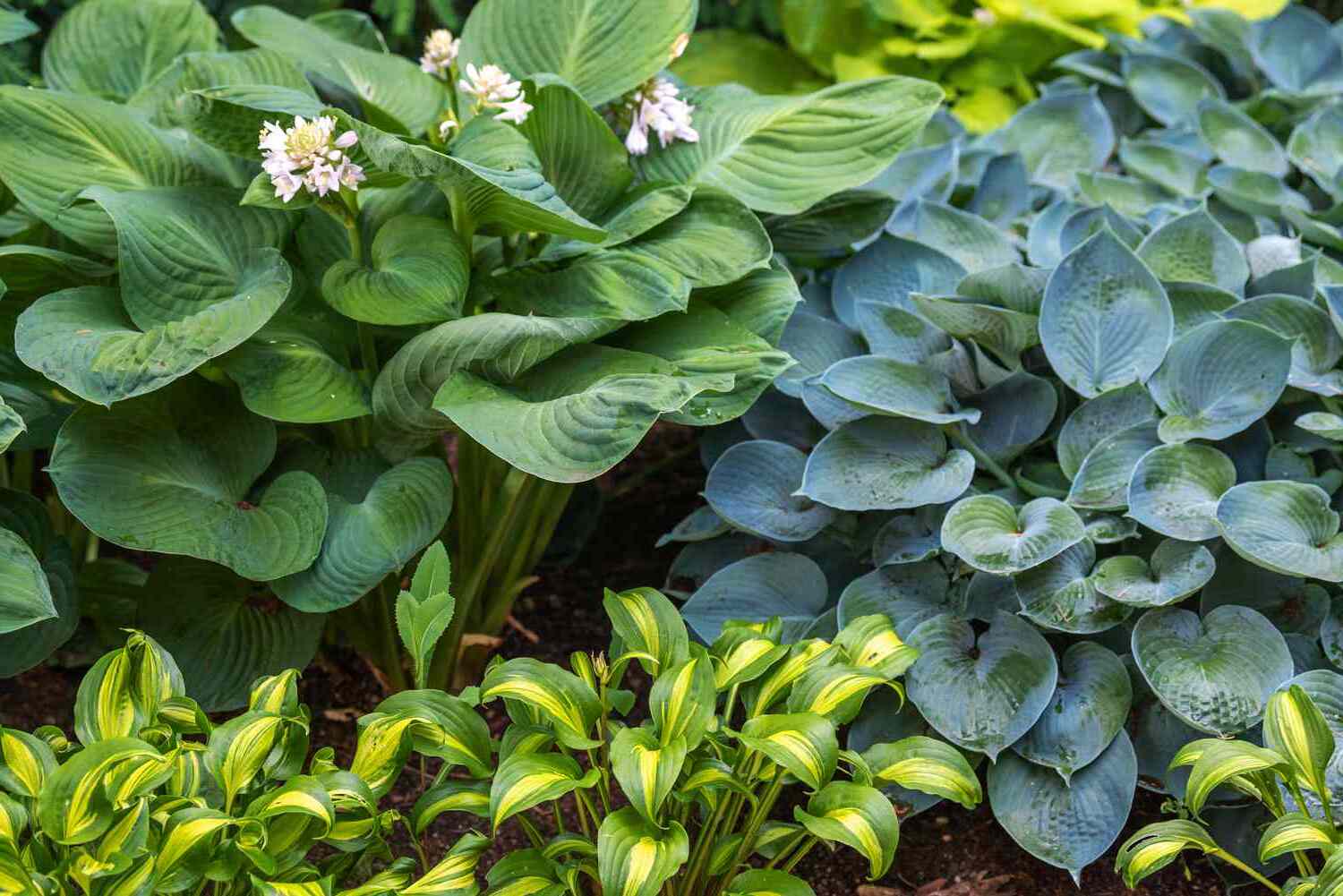
Creating a lush, vibrant garden in shaded areas might seem challenging, but it's entirely possible with the right knowledge. Shade gardens offer a unique beauty and tranquility, transforming dimly lit spaces into thriving ecosystems. From understanding the different types of shade to selecting plants that flourish without direct sunlight, mastering the art of shade gardening opens up a new world of landscaping possibilities. This guide will illuminate 18 essential facts about shade gardens, providing you with the tools to cultivate a serene and flourishing garden in less shaded nooks. Whether you're a seasoned gardener or a green-thumbed newbie, these insights will help you navigate the nuances of gardening in the shade, ensuring your shaded space blooms with life and color.
What is a Shade Garden?
A shade garden is a garden designed to thrive in areas with limited sunlight. Unlike gardens that bask in full sun, these serene spaces are filled with plants adapted to grow in partial or full shade. They offer a unique beauty and a cooler, more tranquil environment, especially during hot summer months.
Why Create a Shade Garden?
-
Versatility: Shade gardens can transform underutilized spaces into lush, green retreats. Whether under a canopy of trees or beside north-facing walls, these gardens bring life to areas where sunlight is scarce.
-
Cooler Climates: They provide a refreshing oasis that's noticeably cooler than sun-drenched areas. This makes them perfect spots for relaxation during warmer seasons.
-
Low Maintenance: Plants suited for shade often require less water and are less prone to stress from heat, making them easier to care for.
Best Plants for Shade Gardens
-
Hostas: With their wide, leafy foliage, hostas are shade garden staples. They come in various sizes and colors, adding texture and depth.
-
Ferns: These ancient plants thrive in shady conditions, offering a variety of textures and green shades. Their lush fronds can create a woodland feel.
-
Astilbe: Known for their feathery, plume-like flowers, astilbes add a burst of color to the shade garden. They prefer moist, well-drained soil.
Designing Your Shade Garden
-
Layers: Incorporate plants of different heights and textures to create a visually appealing space. Ground covers, mid-height ferns, and taller shrubs can offer depth and interest.
-
Color: While green is the dominant color in a shade garden, adding plants with colorful foliage or flowers can brighten up dim areas.
-
Pathways: Including paths not only makes the garden more accessible but also adds an element of discovery as visitors explore the shaded nook.
Benefits of a Shade Garden
-
Biodiversity: Shade gardens can support a wide range of plant species, as well as provide habitat for various insects and birds, increasing local biodiversity.
-
Energy Savings: By planting shade gardens around your home, especially near windows, you can reduce the need for air conditioning, leading to energy savings.
-
Erosion Control: Plants in shade gardens often have extensive root systems that help stabilize soil and prevent erosion, especially on slopes or in areas with loose soil.
Challenges and Solutions
-
Soil Moisture: Shade can mean damp soil, which not all plants can tolerate. Choosing moisture-loving plants or improving drainage can address this issue.
-
Limited Plant Choices: While the variety of plants that thrive in full sun is vast, there are still plenty of beautiful options for shaded areas. Research and experimentation can uncover surprising possibilities.
-
Competition from Trees: Large trees can compete with garden plants for water and nutrients. Mulching and regular watering can help ensure all plants get the resources they need.
Shade Garden Care Tips
-
Mulching: Applying a layer of mulch helps retain soil moisture, suppress weeds, and keep roots cool.
-
Watering: Even in shade, plants need water. Morning watering is best, giving plants time to absorb moisture before the cooler night.
-
Pruning: Regular pruning of overhead trees can help increase light penetration, benefiting the underplantings without exposing them to full sun.
Shade gardens offer a unique gardening experience, transforming shaded spots into vibrant, life-filled spaces. With the right plants and care, these gardens can become a tranquil refuge, full of beauty and biodiversity.
Crafting Your Own Shaded Oasis
Creating a shade garden is more than just planting in the shadows; it's an art form that embraces the cooler, quieter side of nature. With the right plants, like hostas, ferns, and astilbes, you can transform any dim area into a lush, vibrant retreat. Remember, understanding your garden's specific type of shade is key to choosing plants that will thrive. Whether it's dappled, partial, or full shade, there's a plethora of options available. Also, don't forget about the soil. Enhancing it with organic matter can make a world of difference in plant health and growth. So, grab your gardening tools and let your creativity flow. A shaded garden isn't just a possibility; it's a blank canvas waiting for your unique touch. Happy gardening!
Was this page helpful?
Our commitment to delivering trustworthy and engaging content is at the heart of what we do. Each fact on our site is contributed by real users like you, bringing a wealth of diverse insights and information. To ensure the highest standards of accuracy and reliability, our dedicated editors meticulously review each submission. This process guarantees that the facts we share are not only fascinating but also credible. Trust in our commitment to quality and authenticity as you explore and learn with us.


